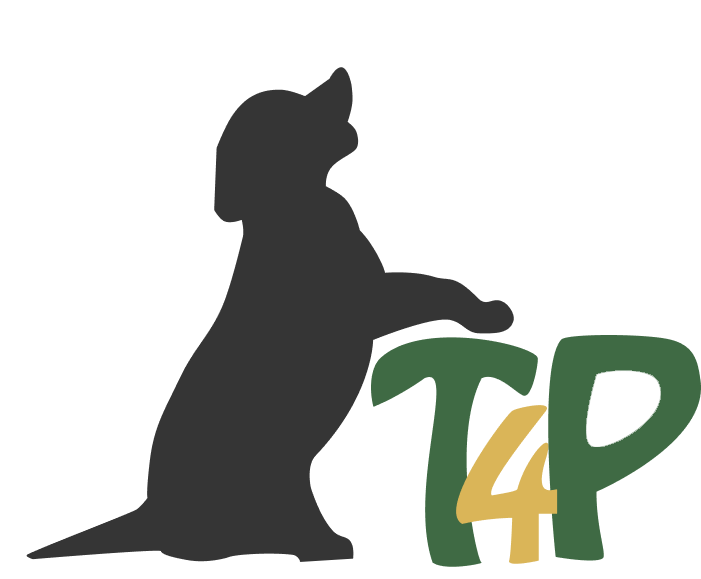Goldilocks and the 3 bears
Increasing your dog's motivation through polarized training
Pimp your Dog Training: Part 3 (Scotland)
Do you sometimes get stuck in training , so that your dog loses interest? The fairy tale of Goldilocks and the Three Bears can help keep your dog’s motivation high.
Goldilocks and the Three Bears
On the wooden kitchen table, there were three bowls of porridge. Goldilocks tasted the porridge from the first bowl:
„This porridge is just too hot!“ she howled.
Next, she tasted the porridge from the second bowl.
„This porridge is just too cold!“ she shivered.
So she tasted the last bowl of porridge.
„Yum, this porridge is just right,“ she said with a cheeky grin as she winked and ate it all up.
The Goldilocks Principle
I guess, you are wondering now what thie fairy tale of Goldilocks and the three bears has to do with dog training?
The Goldilocks principle says that motivation is highest, when the task is not „too hot“ , not „too cold“, but „just right“ for the learner.
Motivation is experienced when the ability of the learner and the difficulty of the task are in sync.
If the task is too difficult for the learner’s ability, frustration arises. The task is “too hot”.
If the task is too simple for the learner’s ability, boredom arises. The task is “too cold”.
If the degree of difficulty of the task and the ability of the learner are in balance, the learner experiences a kind of motivation boost.
The task is “just right”.
Why does the Goldilocks Principle work?
If the learner moves in this golden zone, where the work is challenging but feasible, he will be in a kind of flow of maximum efficiency. The ability to progress and tackle and solve problems becomes an intrinsic motivator.
This also happens in our dogs.
The Goldilocks Principle as polarized training
Kyla gets three different tasks at three stations:
Difficult: Since Kyla should gain a bit more self-confidence, Katie teaches her to touch a plastic plate with one paw. Kyla is a very cautious dog who is afraid of doing something wrong. She finds this task quite difficult. The task is almost “too hot”.
Simple: Kyla’s favorite cue is to go and stay on her mat. This behaviour has such an extremely positive reinforcement history that it is intrinsically rewarding for Kyla and no longer needs to be rewarded with a treat every single time. The task is almost “too cold”.
Medium: The Bucket Game. To prepare for the visit to the vet Kyla learns to look at a basket filled with treats. This is the signal for the veterinarian that Kyla is ready for the examination. If Kyla turns away from the bucket, the examination will be interrupted immediately. Kyla likes the Bucket Game. The task is “just right”.
Katie works with Kyla alternately at the three stations. If Kyla’s motivation decreases at one station, Katie moves with her to another. In addition to the three useful behaviours, Kyla learns self-efficacy and that she always has a choice: If you do not want to do this, then do something else. Through the motivational flow, Kyla makes progress in all three behaviours and learns that she is not forced into a frightening situation. She retains control over what happens to her and can even relax at the end of the lesson.
Pimp your Dog Training – Part 1: “300 Peck” for Distance and Duration in Dog Training
Pimp your Dog Training – Part 2: Cooperative Hunting
Pimp your Dog Training – Part 4: What’s the Name of the Game?
